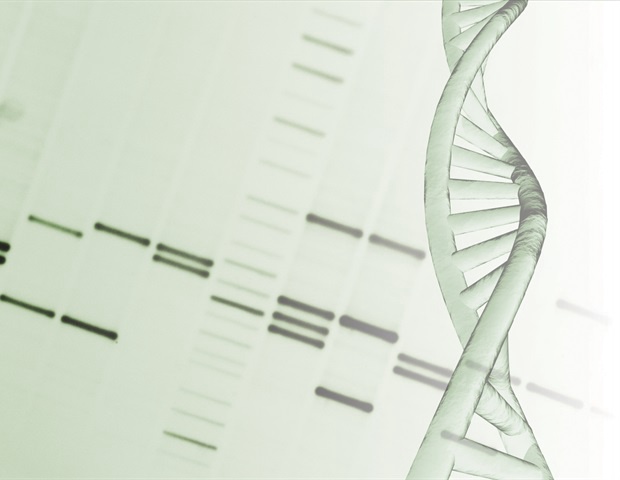Overview
- Published in *Cell*, the study demonstrates that early mouse embryos use multiple redundant epigenetic pathways to establish and maintain nuclear DNA organization.
- Researchers found that embryos can self-correct disruptions in nuclear architecture, even after the first cell division, restoring proper organization by the second cell cycle.
- Contrary to classical models, gene activity in embryos is not strictly tied to nuclear positioning, challenging long-held assumptions about genome function.
- The self-correction process relies on maternal epigenetic marks, but embryos can activate alternative programs if these maternal signals are disrupted.
- The findings hold promise for developing epigenetic therapies targeting diseases like Progeria and cancers linked to nuclear disorganization.

